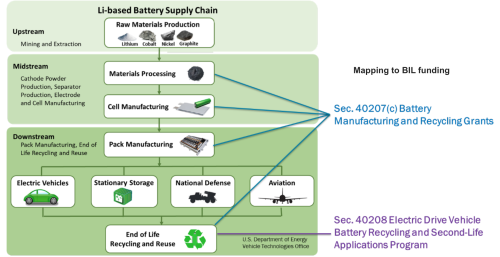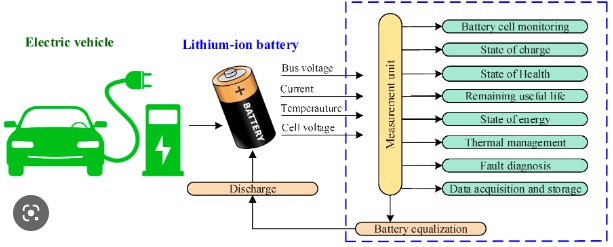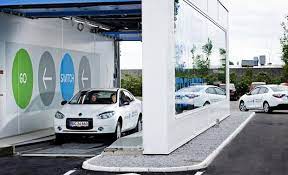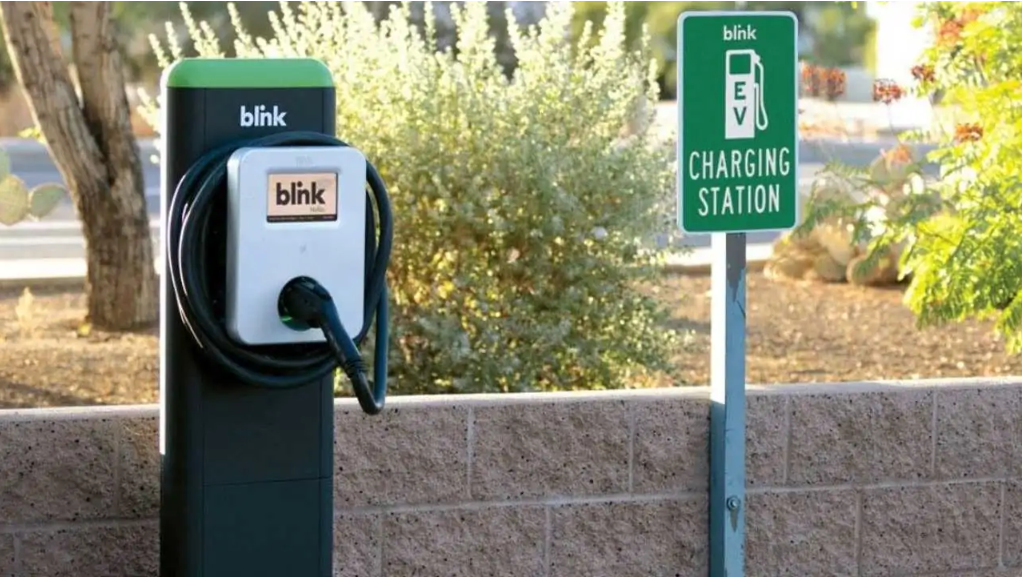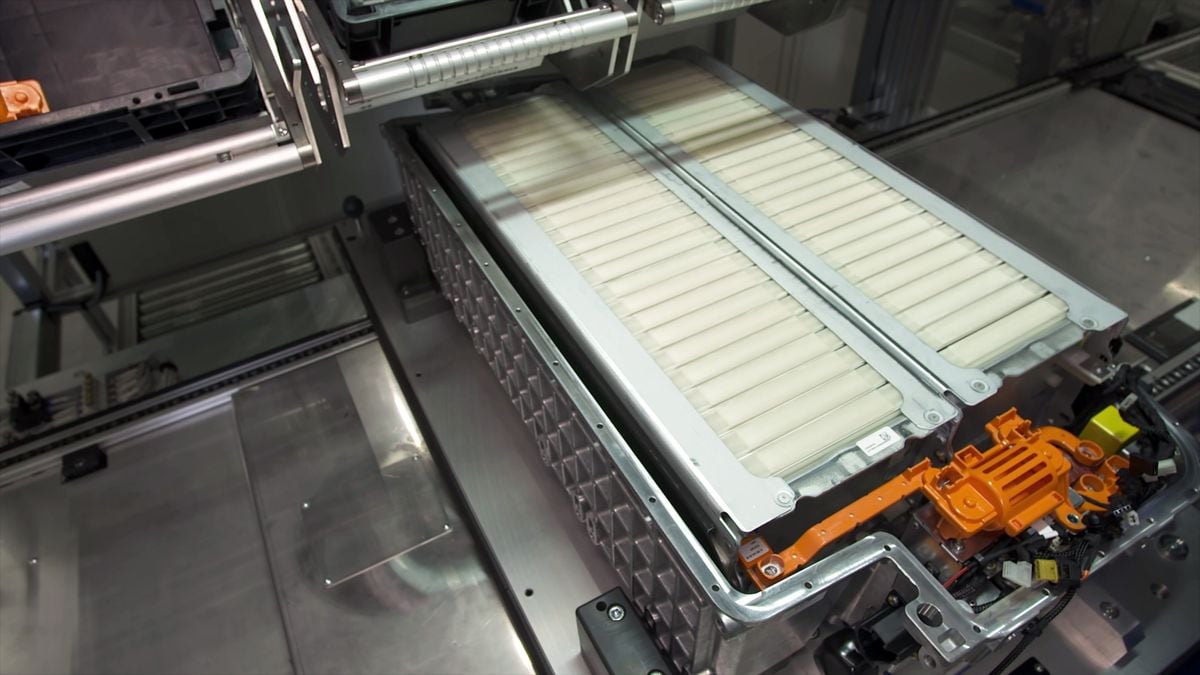A team of researchers from the Oak Ridge National Laboratory (ORNL) and the University of Tennessee claimed that they had developed a process to slow phonos – the waves that transport heat, which could enhance the efficiency of hot-carrier solar cells.
 Image credit: Solarmer / Public domain
Image credit: Solarmer / Public domain
Hot-carrier solar cells convert sunlight to electricity more efficiently compared to conventional solar cells. It harnesses photogenerated charge carriers before losing their energy to heat.
The researchers explained that photons create charge carrier electrons and holes in solar cells’ absorber material when sunlight strikes on it. Hot-carrier solar cells promptly transform charge-carriers’ energy into electricity before losing their energy, said the researchers. However, heat loss is the barrier for hot-carrier solar cells that can be twice as efficient as conventional solar cells.
The researchers changed hydrogen atoms’ mass in photovoltaic materials to control the thermal transport and charge-carrier cooling time. This process to increase the lifetime of charge-carriers can reveal new strategies to enhance the power conversion efficiency of hot-carrier solar cells.
According to the research report, hot-carrier solar cells can achieve a theoretical power conversion efficiency of about 66%. In contrast, conventional perovskite solar cells have a power conversion efficiency of over 25% as of 2020.
In the report, the researchers examined perovskite absorber material methylammonium lead iodide. They found that the mass excitations of atoms create vibrations in the lattice of absorber material.
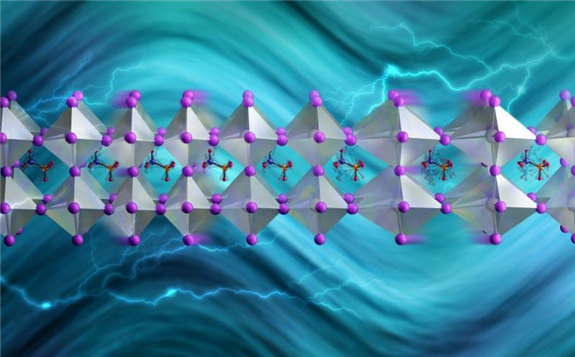
“Vibrations moving in sync with each other are acoustic phonons, whereas those moving out of sync are optical phonos. Typically, charge carriers first lose their heat to optical phonons, which propagate slower than acoustic phonons. Later, optical phonons interact with acoustic phonons that carry away the energy,” explained the researchers.
The research team used inertia, a tendency of an object to keep doing what it’s doing, to prevent electrons from losing their energy to collective vibrations that transport their heat. They also utilized lighter hydrogen isotopes as a substitute for deuterium atoms, which sways at a frequency of collective vibrations, to slow phonons and make them less effective at removing heat. The process doubled the cooling time of charge carriers, which enhance the efficiency of solar cells.
In February 2020, the National Renewable Energy Laboratory researchers announced a technology that could sequester the minuscule quantity of lead used in developing perovskite solar cells. This development might mark the beginning of an efficient emerging photovoltaic technology.
Mercom earlier reported that the researchers at Iowa State University revealed an innovative way to stabilize perovskite cells at high temperatures. They developed a technique that has made the material more stable at higher temperatures.
This article is reproduced at mercomindia.com


